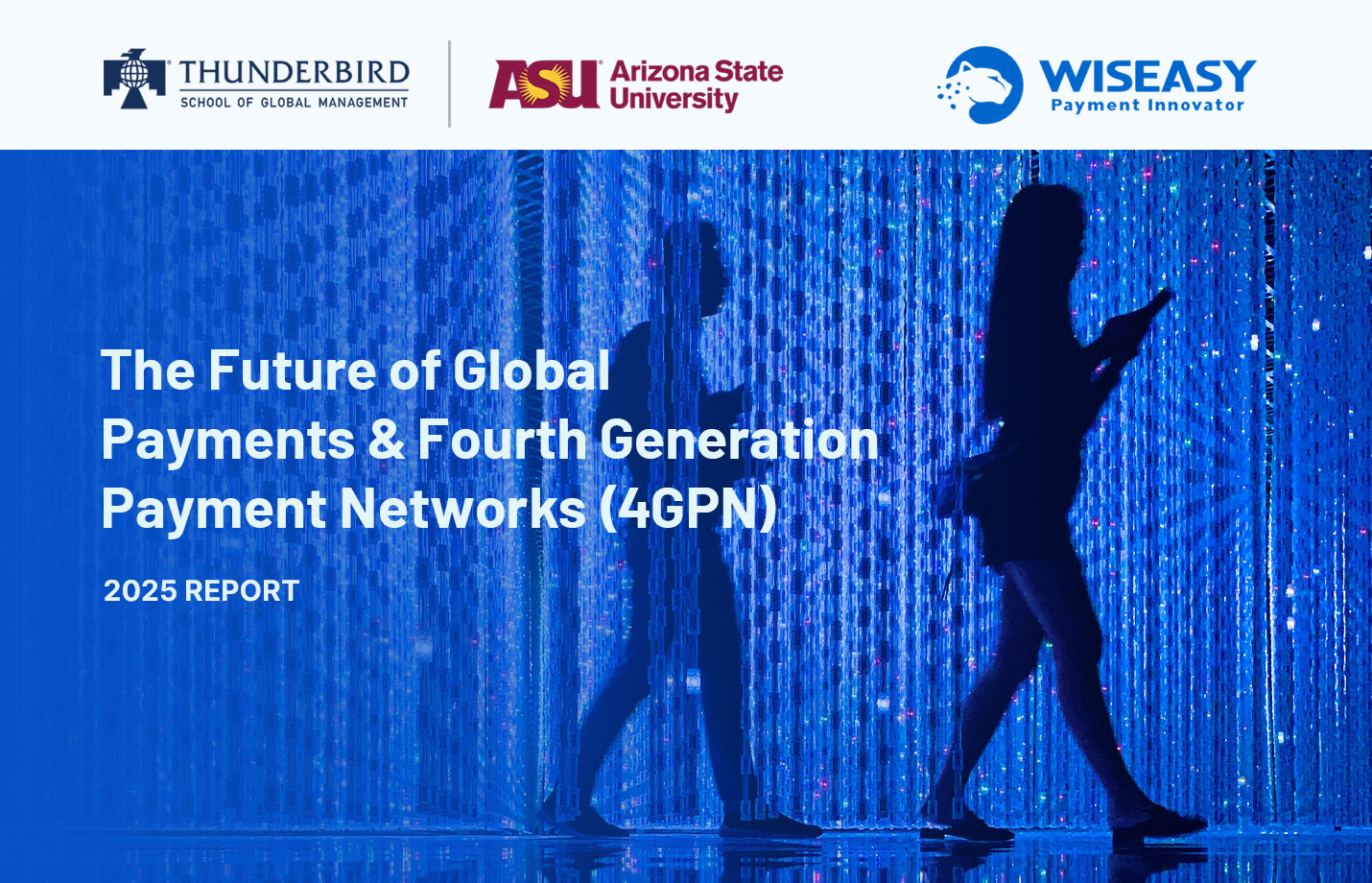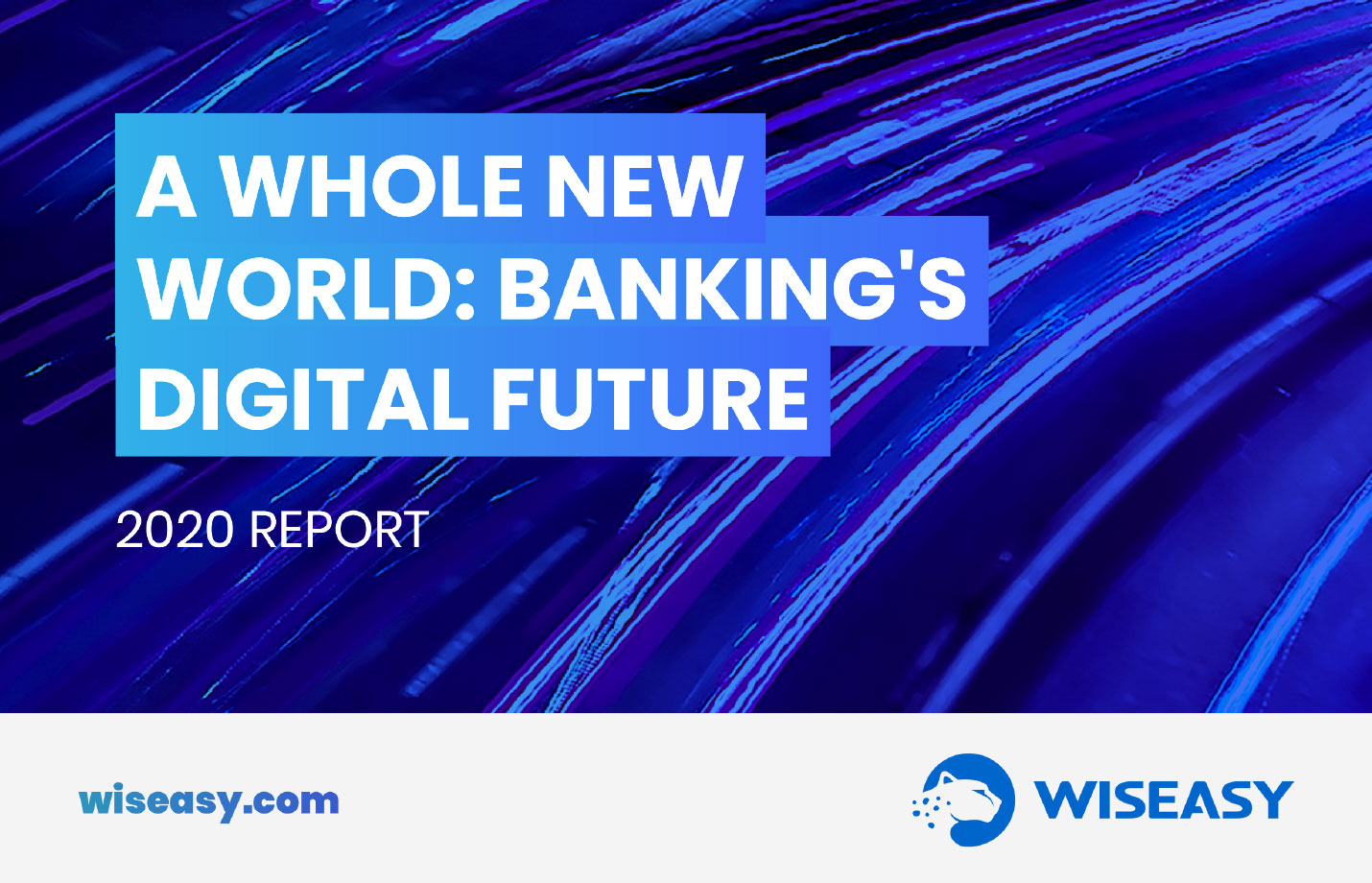




Jointly developed by Thunderbird School of Global Management and Wiseasy, the paper explores how transformative technologies, including IoT, blockchain, cryptocurrency and cloud computing, are converging to reshape the digital payments landscape, with Fourth Generation Payment Networks (4GPN) at the center of this transformation.

In five years’ time, consumers will combine their banking needs with a trip to their local café or supermarket, opening an account secured with full KYC and AML checks through super-capable POS terminals or withdrawing cash when paying for their coffee. As Brett King puts it in Bank 3.0, ‘Banking is no longer somewhere you go, but something you do.’ – a complete change from what we’ve known to date. And this revolution will be powered by super-capable, automated banking terminals, backed up with secure, efficient and powerful software. This new approach to banking service delivery will have wide-reaching effects, including enabling those people around the world without sufficient access to financial services to enter the banking system, a market valued at around US$380 billion per year.
To succeed, banks need to completely change the way they think about their existing systems. As the world moves online, customers will expect faster, cheaper, more secure and flexible services as and where they want them.
We use cookies to personalize and enhance your browsing experience on our website. By clicking "Accept All", you agree to use cookies. You can read our Cookie Policy for more information.